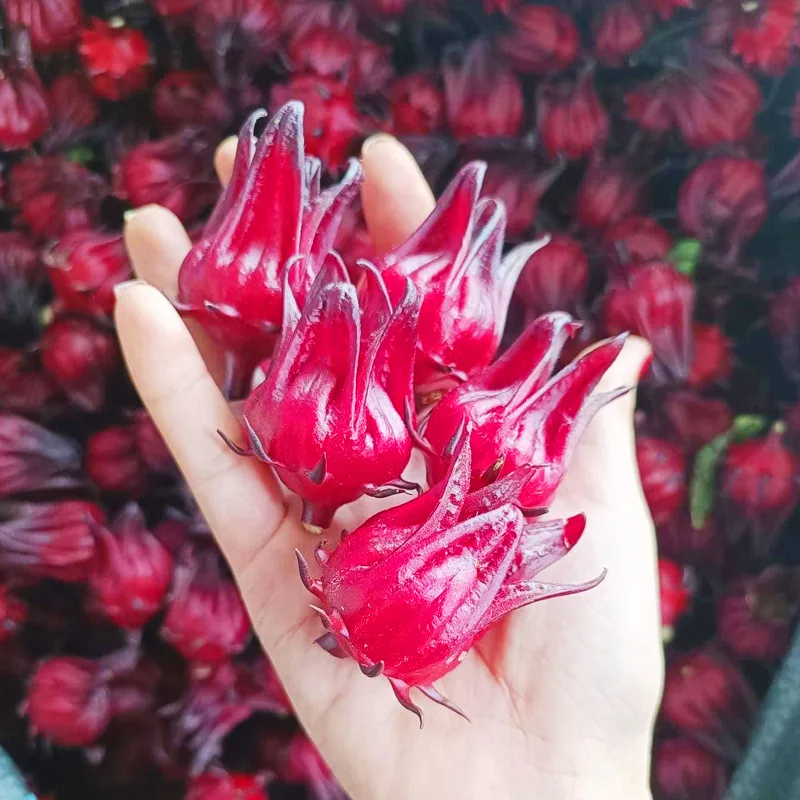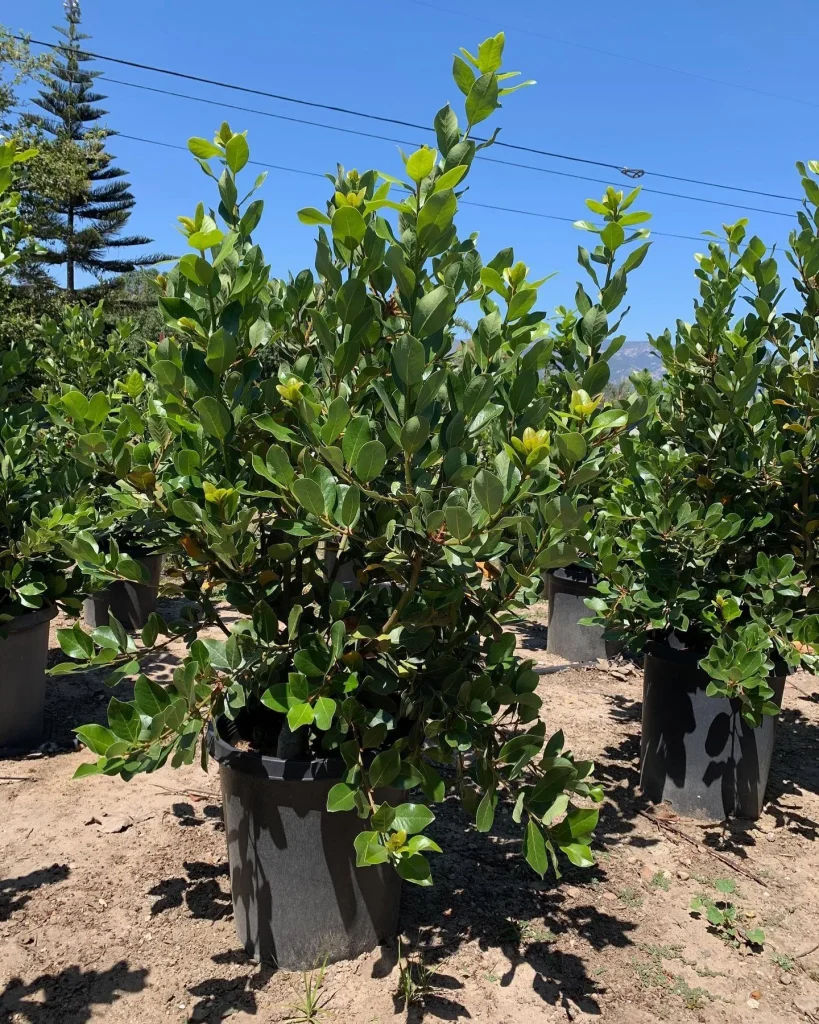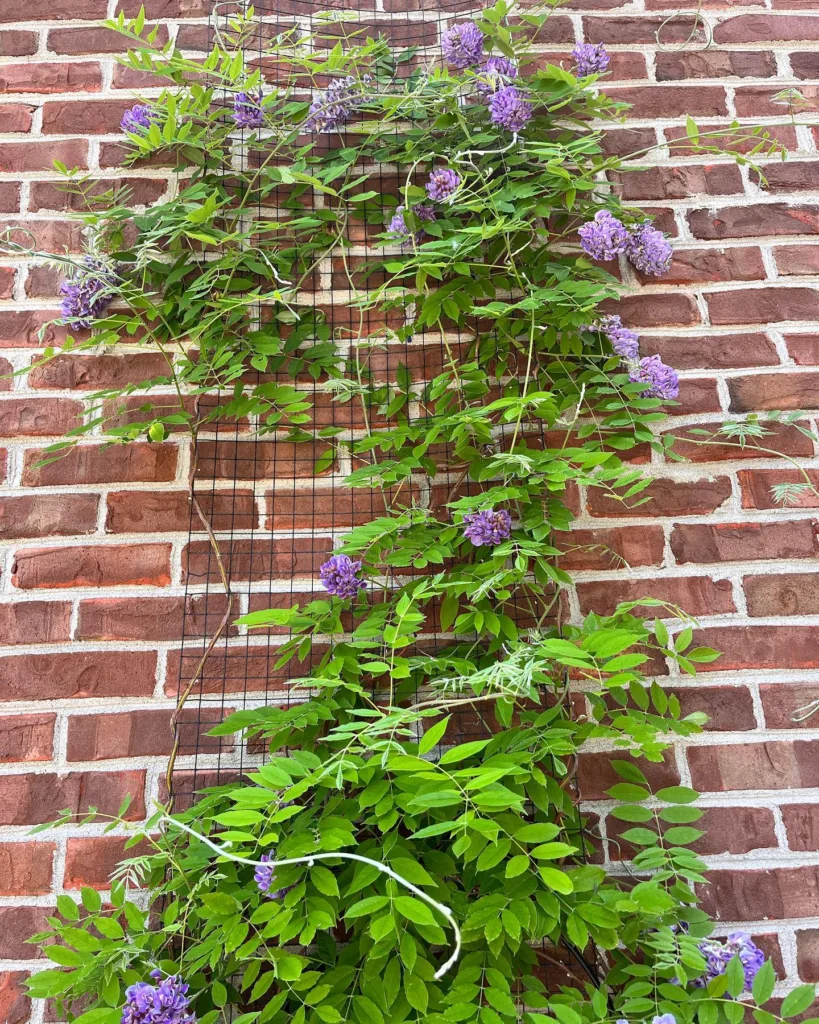A Gardener’s Guide to the Coprosma Repens: The Mirror Plant’s Allure
For years, I’ve been drawn to plants with unique foliage. Enter the Coprosma repens, also known as the mirror plant or looking-glass plant. Its name perfectly captures its essence – the glossy, almost reflective leaves that seem to shimmer in the sunlight. This native New Zealand shrub has become a star in my garden, adding a touch of elegance and vibrancy. But beyond its captivating looks, the Coprosma repens is surprisingly easy to care for. Intrigued? Let’s delve deeper into this fascinating plant.
121 Species in Genus Coprosma
What is Coprosma repens?
The Coprosma repens is a versatile evergreen shrub or small tree belonging to the Rubiaceae family. It’s native to New Zealand, where it thrives in coastal forests and along seasides. This adaptability translates well to gardens, making it a popular choice for landscapers and home gardeners alike.
The real showstopper of the Coprosma repens is its foliage. The leaves, typically 6-8cm long, are leathery and boast a deep, glossy green sheen. In colder climates, the leaves often develop stunning variegations, with hints of gold, red, and orange adding another layer of visual interest. The shrub produces small, inconspicuous flowers in spring, followed by orange fruits that attract birds.
How to Grow Coprosma repens?
Adding the Coprosma repens to your garden is a breeze. Here’s what you need to know:
- Choosing the Right Spot: This sun-loving plant thrives in locations receiving at least 6 hours of direct sunlight daily. However, it can tolerate some afternoon shade, especially in hotter climates.
- Planting: Opt for well-drained, fertile soil. Amending the planting site with compost or organic matter will ensure good drainage and provide essential nutrients. Dig a hole twice the size of the root ball and gently place the plant in it. Backfill the hole with the amended soil, water thoroughly, and apply a layer of mulch around the base to retain moisture and suppress weeds.
- Watering: The Coprosma repens is moderately drought-tolerant once established. However, consistent watering, especially during the first year, is crucial for healthy growth. Aim to keep the soil evenly moist but not soggy. During dry spells, provide deep watering. As the plant matures, you can adjust your watering schedule based on the weather conditions.
Is Coprosma repens poisonous?
This is a question many gardeners ask, especially with young children or pets around. The good news is that the Coprosma repens is considered non-toxic. While ingesting large quantities might cause mild stomach upset, it generally poses no serious threat. However, it’s always a good practice to encourage children not to eat any unknown plants.
How to Care for Coprosma repens?
Once established, your Coprosma repens requires minimal care. Here are some additional tips:
- Fertilizing: Apply a balanced, slow-release fertilizer once a year in early spring.
- Pruning: The Coprosma repens is naturally low-maintenance and requires minimal pruning. However, you can prune lightly to maintain its desired shape or remove any dead, diseased, or damaged branches.
- Pests and Diseases: The Coprosma repens is generally resistant to most pests and diseases. However, keep an eye out for scale insects, which can be controlled with insecticidal soap.
What to Plant with Coprosma repens?
The Coprosma repens’ versatility shines when paired with other plants. Here are some ideas:
- Flowering Shrubs: Combine it with colorful flowering shrubs like lavender, butterfly bush, or azaleas for a vibrant display.
- Grasses: The contrasting textures of ornamental grasses like maiden grass or fountain grass create a dynamic composition.
- Perennials: Low-growing perennials like foxgloves or daylilies add a touch of color and complement the Coprosma repens’ foliage.
Conclusion
The Coprosma repens is more than just a pretty face. With its adaptability, low-maintenance nature, and stunning foliage, it’s a valuable addition to any garden. Whether you’re a seasoned gardener or just starting, this New Zealand native is sure to bring a touch of elegance and shine to your outdoor space. So, why not give the Coprosma repens a try and see the magic it can weave in your garden?
If i die, water my plants!


